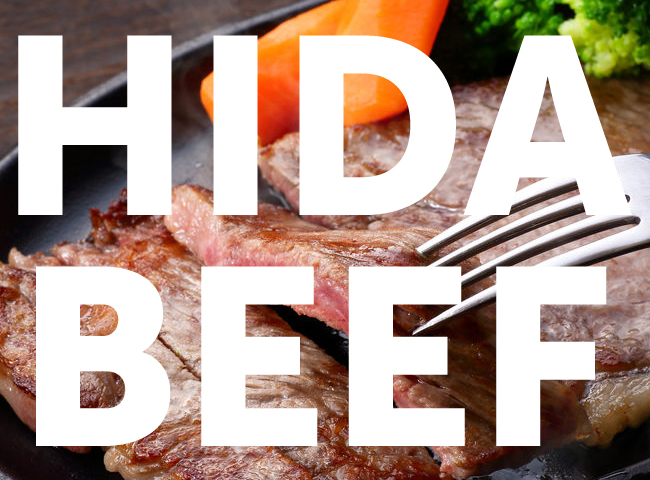Gifu Food: Alluring Local Dishes for Adventurous Appetites
Gifu prefecture is becoming increasingly popular as a tourist destination among both local and international visitors to Japan, thanks to the isolated and picturesque mountain town of Hida-Takayama, nicknamed “Little Kyoto,” and Shirakawa-go, a UNESCO World Heritage Site populated with iconic A-frame houses that make for beautiful photos. One of only a handful of completely landlocked prefectures, Gifu is surrounded by seven other prefectures, which made it a historical crossroads between the western Kansai and eastern Kanto regions. Its central location is ideal for trade and growing fresh produce, creating some of the tastiest local cuisines available in Japan. Keep reading for a complete guide to mouthwatering, local Gifu food.
Hida Beef

Arguably the most famous food to come out of Gifu prefecture is Hida-gyu, or Hida beef, from cattle raised in Gifu prefecture. One of the premiere brands of domestic wagyu beef in Japan, Hida beef won the All-Japan National Wagyu Cattle Expo, commonly known as the “Wagyu Olympics” in 2002. The delicate marbling gives the meat a pale, snow-like appearance, sweetly rich flavor, and tender texture that melts in your mouth. There are several ways to enjoy this succulent ingredient, but the locals of Hida-Takayama particularly like it served sushi-style, raw, over vinegared rice.
Read: A Guide to Wagyu: Premium Japanese Beef
Keichan-yaki (Pan-fried Chicken with Vegetables)
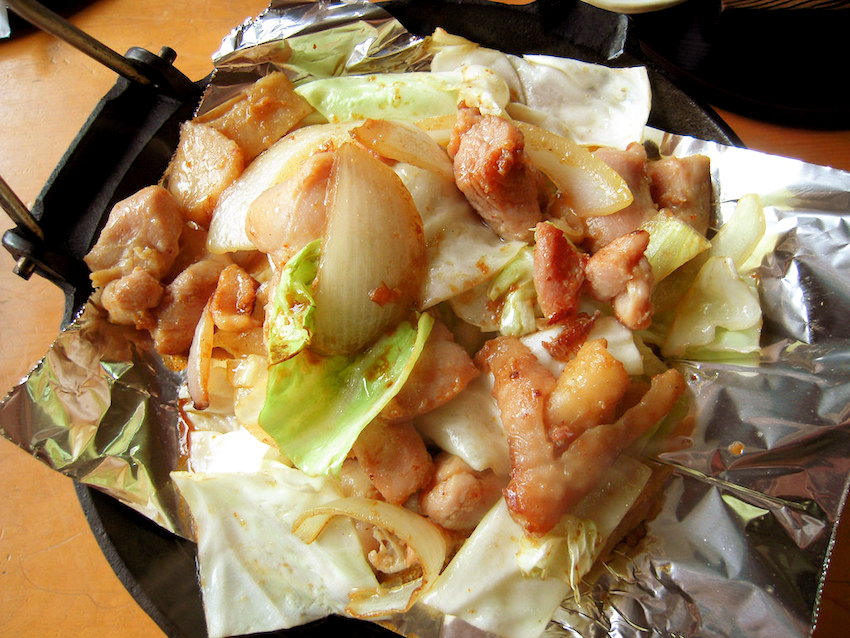
Photo by Tamago Moffle on flickr
Keichan-yaki is a dish of pan-fried chicken and vegetables that was traditionally eaten for stamina by manual laborers in Gifu, since working in the mountains required a lot of energy. They needed something simple to make that was both healthy, filling, and packed with protein. The dish uses locally raised chickens cooked with cabbage in a soy, garlic, and miso based sauce. Today, it’s a hearty local favorite enjoyed by people of all walks of life—a soul food from Gifu prefecture.
Read: Japanese Chicken Dishes: 11 Essential Eats
Takayama Ramen
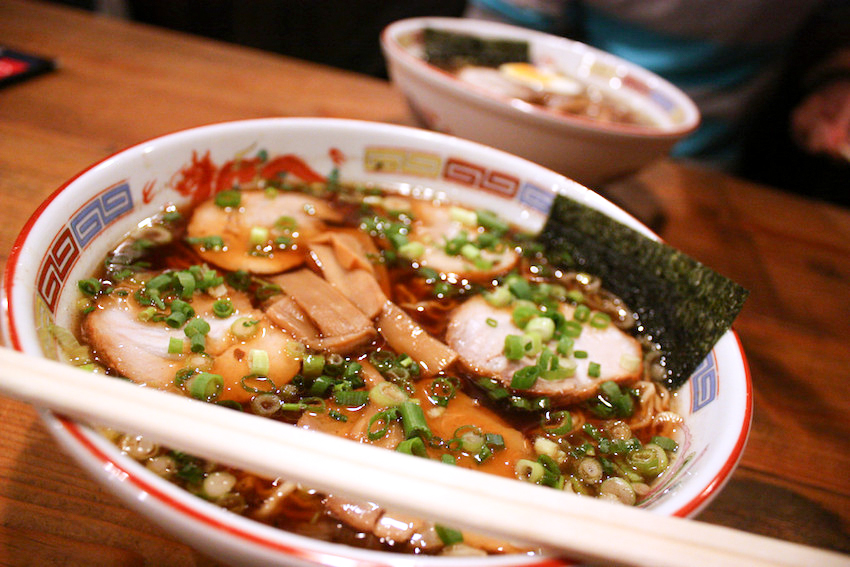
Photo by Pui-Yuk on flickr
Takayama ramen is known for its delicious soup of chicken stock made with pure water from the Japan Alps and flavored with soy sauce. Restaurants in Gifu put their own spin on the traditional shoyu-ramen by giving the broth a dark color that’s surprisingly refreshing. The extra-thin wavy noodles have a light, springy texture—the finishing touch that gives the dish a well-rounded flavor.
Read: Japanese Ramen Guide: 4 Authentic Flavors You Must Try
Hoba Miso (Miso Cooked on a Magnolia Leaf)
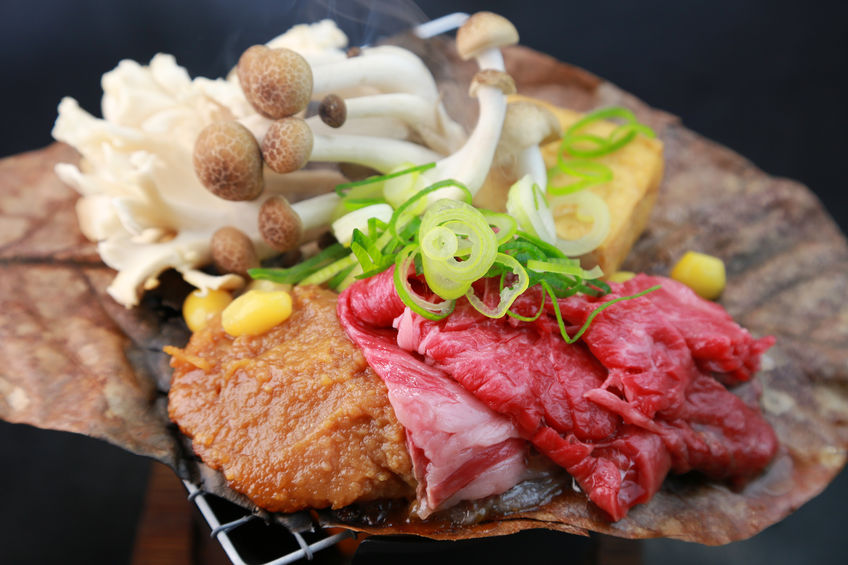
Hoba miso is a traditional side dish from Gifu made of miso paste grilled on top of a dried magnolia leaf and garnished with sliced green onions. It was a humble food for poor farmers in Gifu during snowy winters when ingredients were scarce. Today, hoba miso is made much more lavishly, topped with succulent Hida-gyu and uni, or sea urchin, which becomes infused with the fragrant aroma and flavors of the magnolia leaf on which it’s cooked.
Read: Miso Paste: Exploring Japan’s Most Loved Ingredient
Gujo Ayu (Sweetfish from the Gujo District)
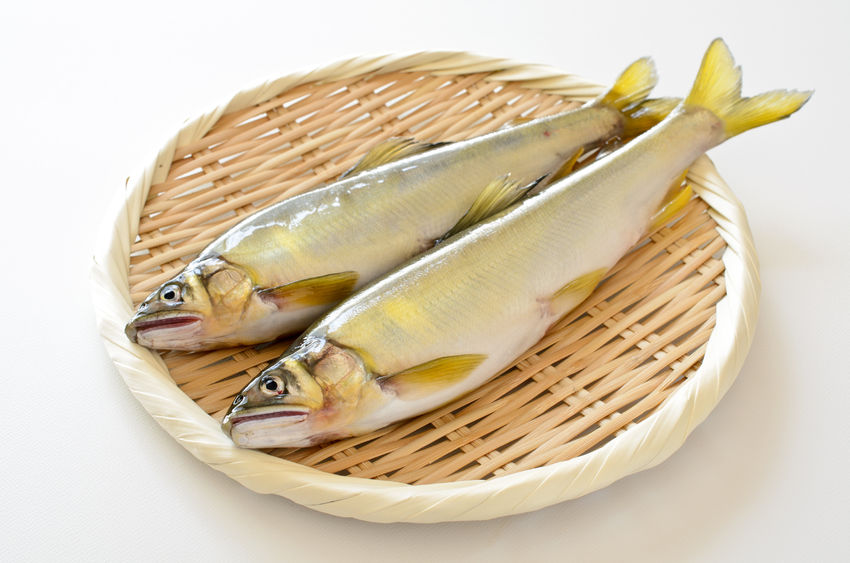
Ayu, or sweetfish, is a freshwater fish that is caught from late spring to early autumn. It can only live in the cleanest of rivers, so it’s not surprising that so many are found in the pure waters of the Nagara River, where the largest number of ayu are caught. Gifu is home to a unique traditional style of fishing called ukai, or “cormorant fishing,” where large birds are used to catch ayu from the Nagara River. The sweetfish that are caught in the upper reaches of the Nagara River around the Gujo district are referred to as Gujo ayu. They are prized for their size and superior flavor.
Read: 14 Popular Japanese Fish Recipes
Ayu-gashi (Ayu Fish-shaped Sweets)
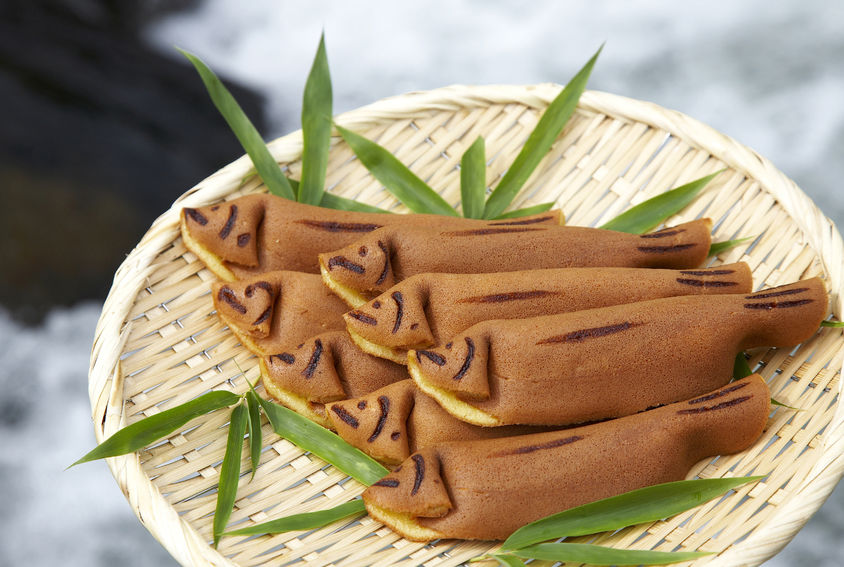
Ayu-gashi are a type of wagashi, or traditional Japanese confectionery, made in the shape of an ayu sweetfish. These thin sponge cakes filled with sweetened mochi rice cakes are a popular souvenir to buy after going to watch cormorant fishing in Gifu. Some local shops even sell sembei rice crackers modeled after ayu-gashi cakes.
Read: 8 Types of Wagashi
Kagamihara Kimchi (Kimchi Made in Kagamihara City)
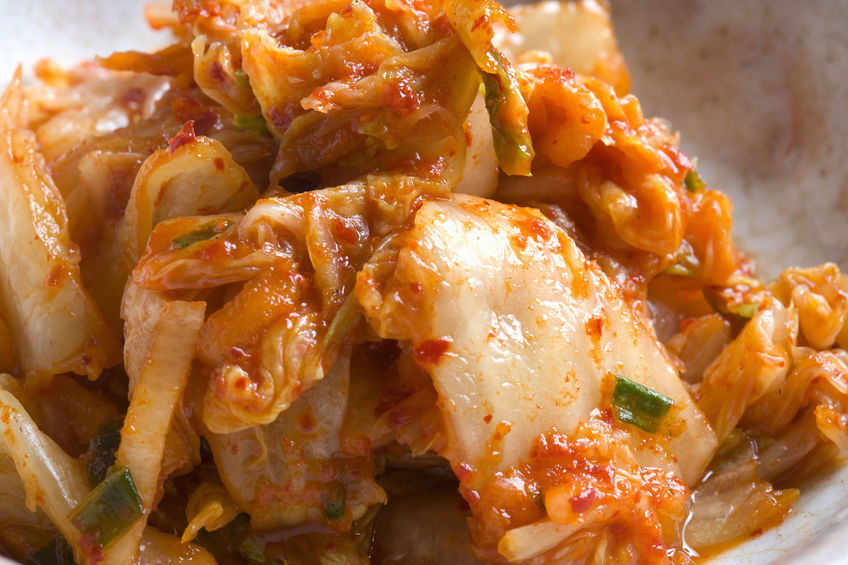
Kagamihara kimchi is a local dish from the city of Kakamigahara in southern Gifu, which traditionally also went by the name of “Kagamihara.” Kakamigahara is sister cities with Chuncheon, South Korea, which inspired a local version of Korean-style kimchi made with Gifu carrots and pine nuts from Chuncheon, infused with chili pepper—a combination that was uncommon until then. Kagamihara kimchi is often eaten as a refreshingly spicy side dish or used as the base for nabe (Japanese hot pot) dishes.
Read: Korean Food in Japan - Bulgogi & Beyond
Kurikinton (Sweet Chestnut Mash)
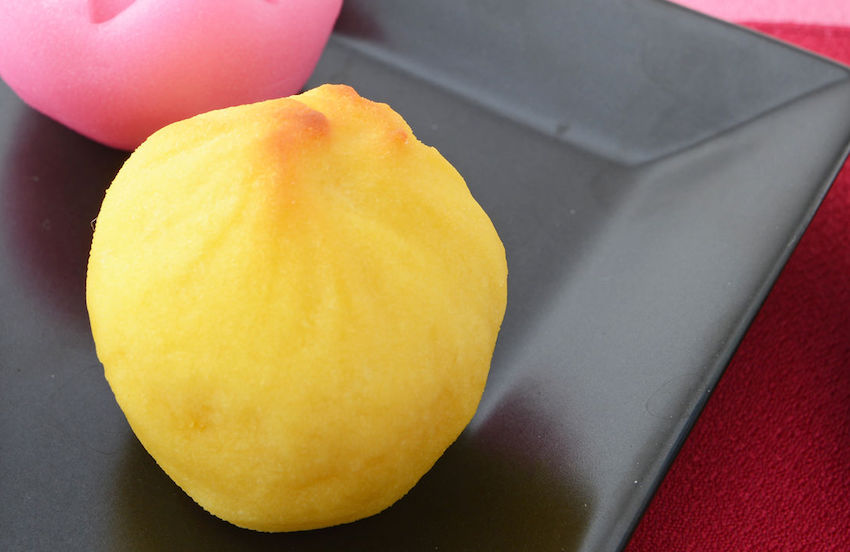
Most people know kurikinton as a dish served as a part of the Japanese New Year’s meal osechi, made with mashed sweet potatoes and boiled chestnuts. In Gifu specifically, however, kurikinton is a confectionery of peeled chestnuts candied in sugar and molded in the shape of a small cake or dumpling. It’s believed to have originated in the town of Nakatsugawa, which has a large annual chestnut harvest.
Read: Osechi Ryori Essentials: The Japanese New Year’s Feast
Mitake Hana-zushi (Flower Sushi from Mitake-cho)

Mitake hana-zushi, or “flower sushi,” is a style of sushi roll that originated in the town of Mitake-cho. It’s made using locally sourced ingredients rolled into 14 different flower shapes, including peonies and roses, each with their own meaning and history.
Read: 22 Things You Didn’t Know About Sushi
Mino Yakuzen (Medicinal Food)

Mino yakuzen is traditional Gifu-style cuisine based on Chinese and Japanese herbal medicine. It uses medicinal greens, which grow plentifully in Gifu prefecture, particularly on Mount Ibuki, located on Gifu’s shared border with Shiga prefecture. Over a hundred different seasonal ingredients are harvested and cooked for a variety of healthy and delicious meals.
Read: Japanese Sansai: Spring Mountain Vegetables
Try Out the Great Local Food Gifu Has to Offer with Gurunavi
If Gifu isn’t already on your bucket list of travel destinations in Japan, it should be. The old town district of Hida-Takayama provides one of the most iconic views of Japan, while cormorant fishing and the peaked-roof farmhouses of Shirakawa-go are unique features and traditions only found in Gifu. See Gurunavi’s Gifu restaurant listings for the best places to try local specialties and regional cuisine.




